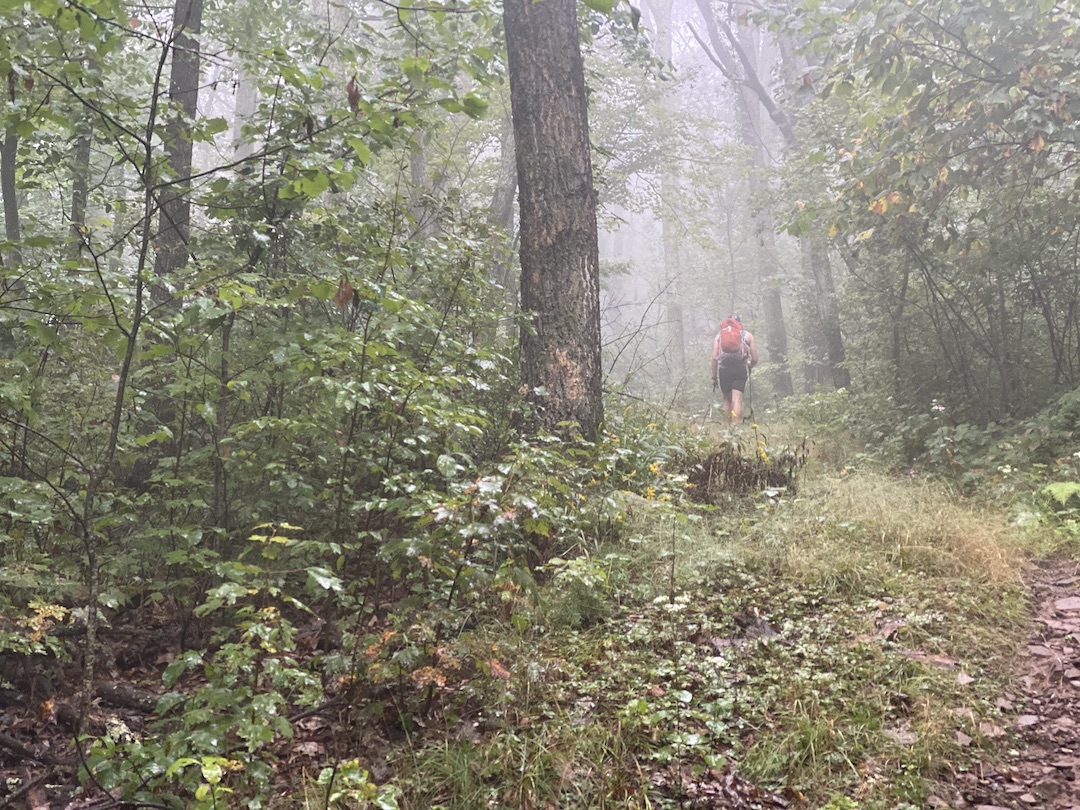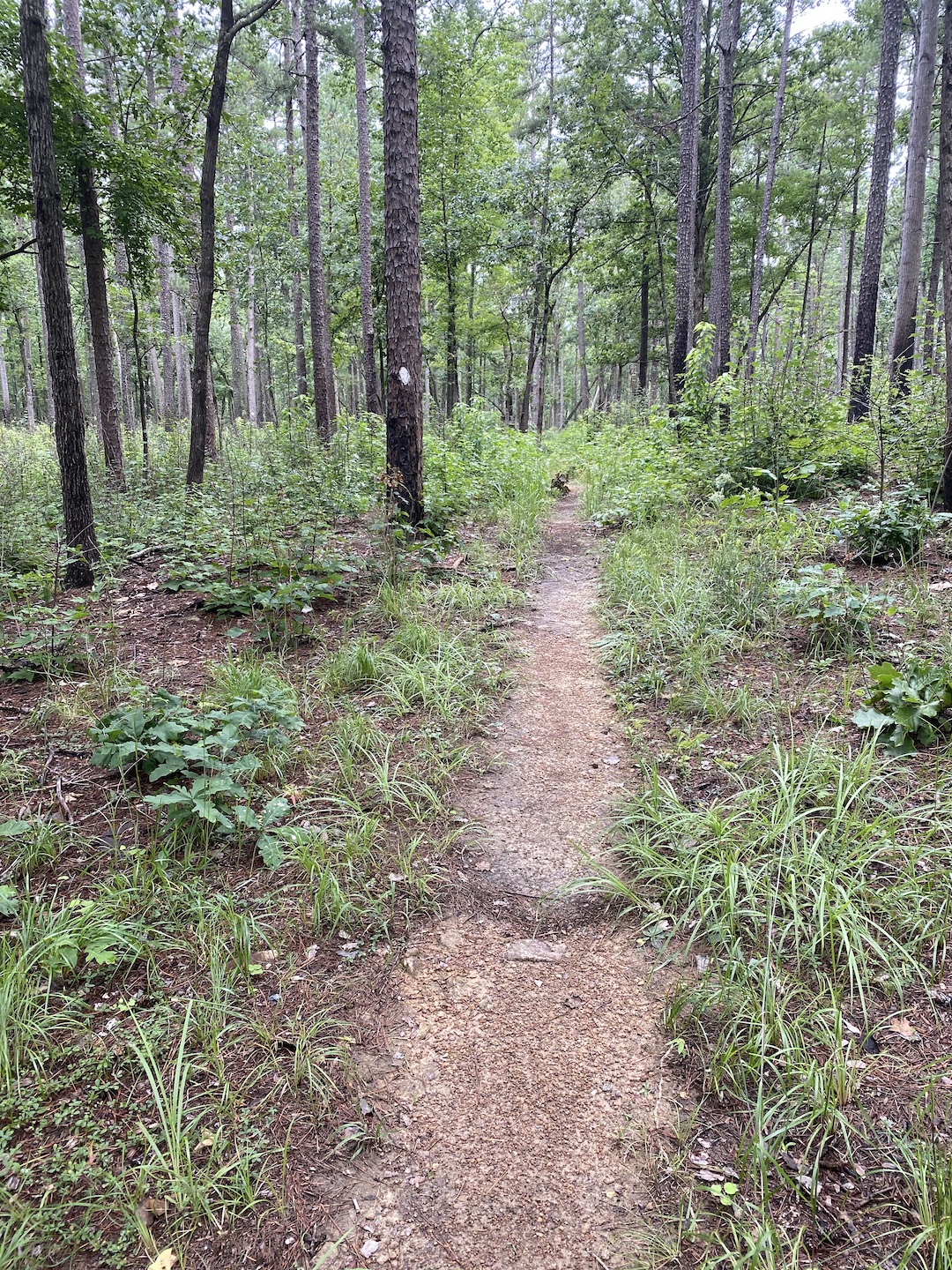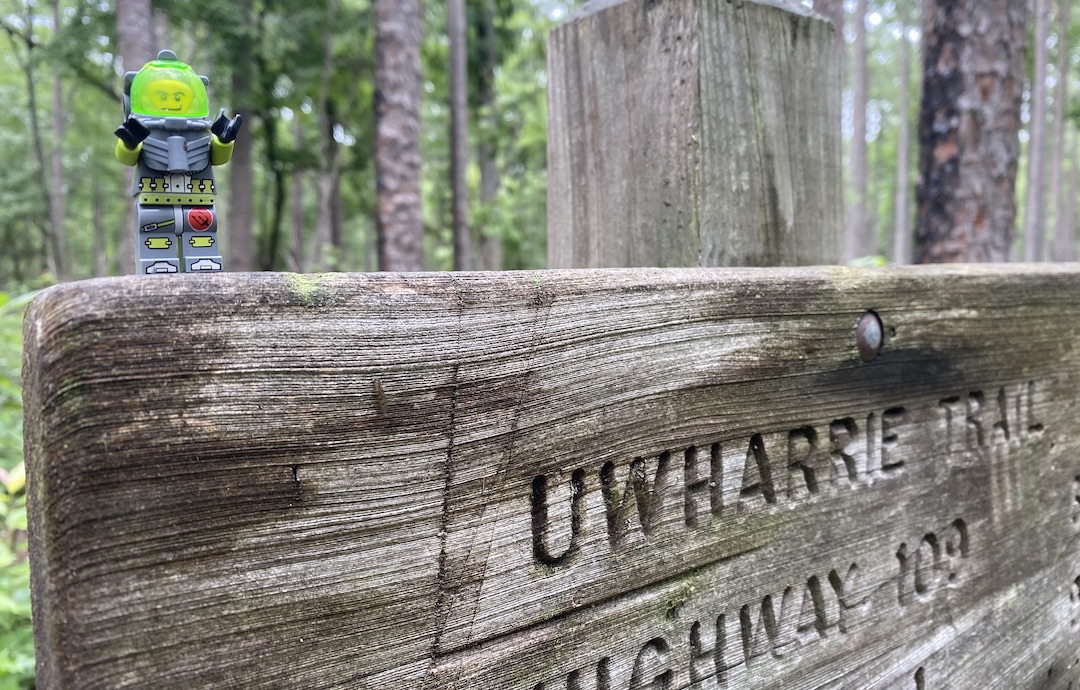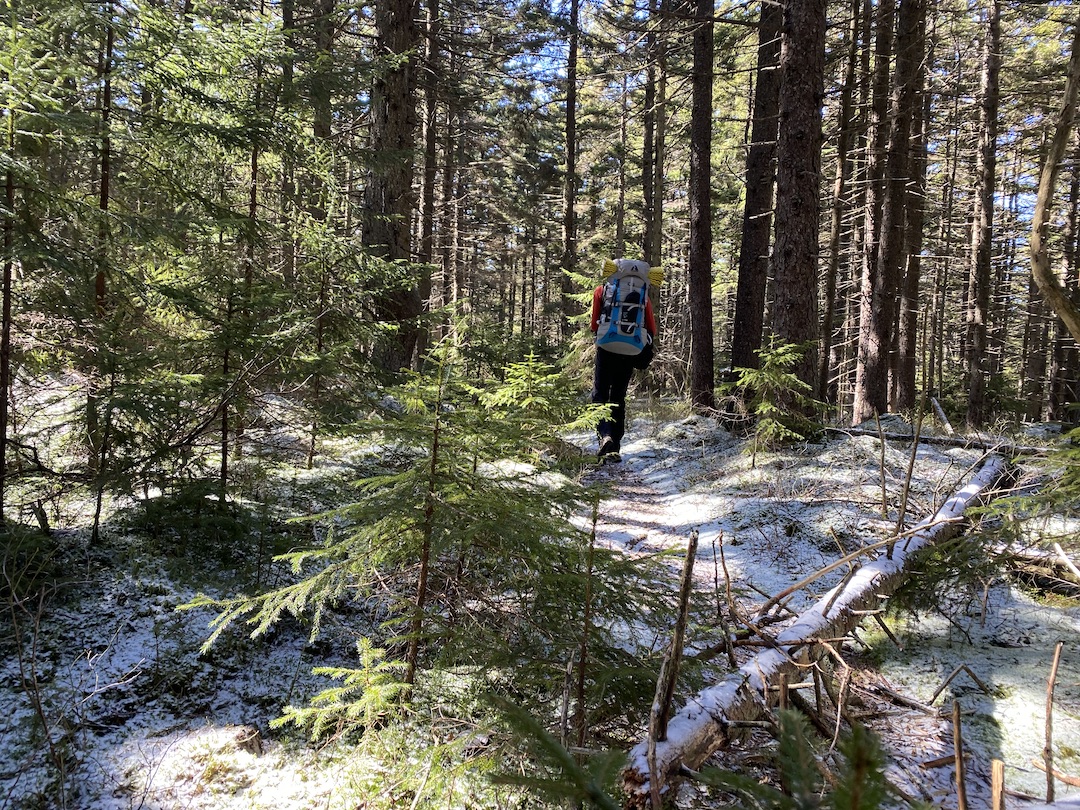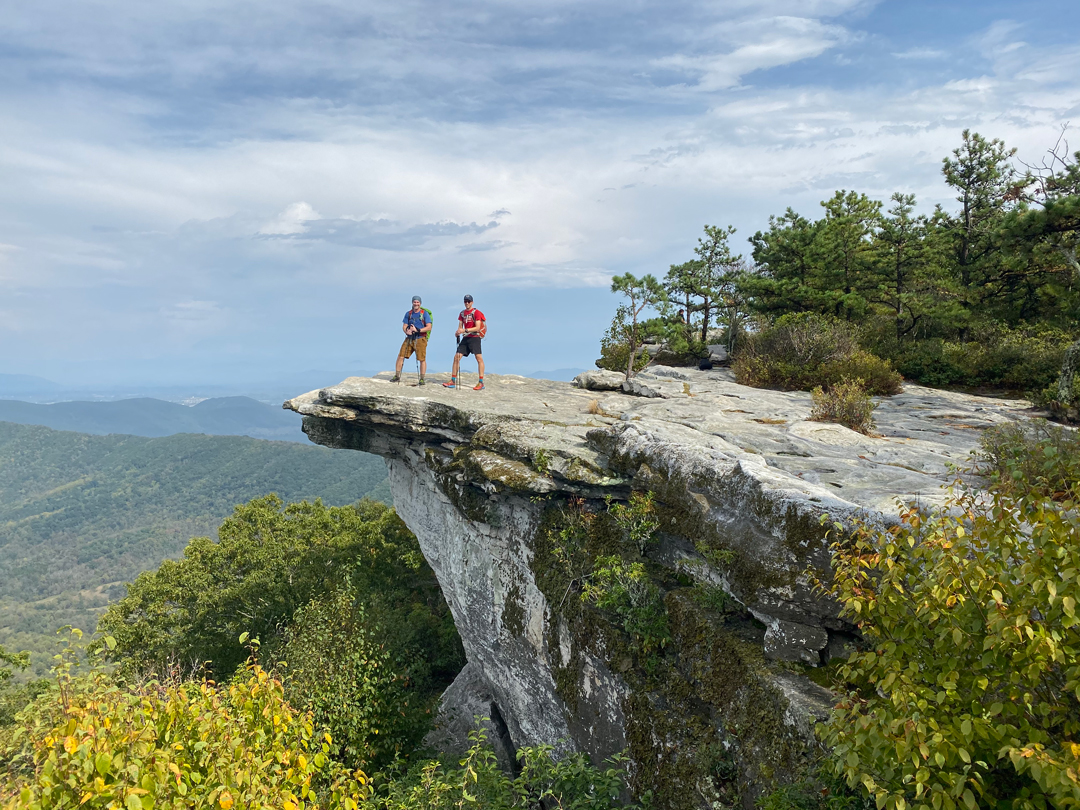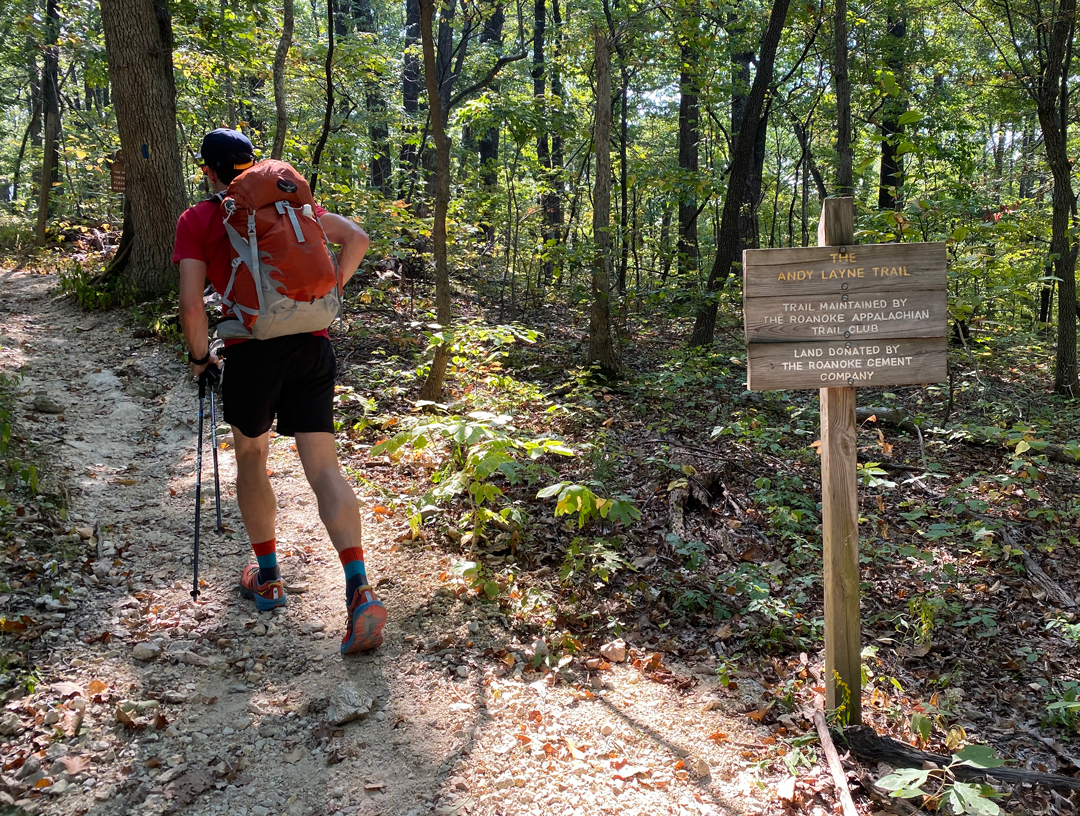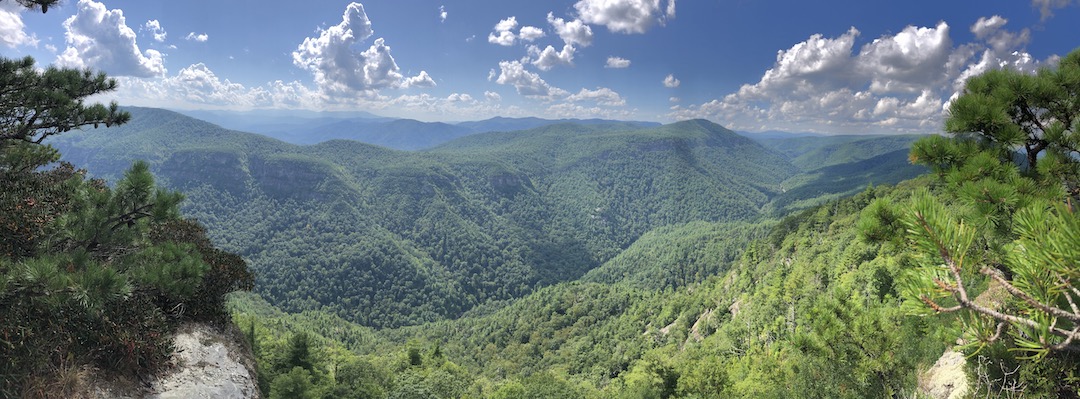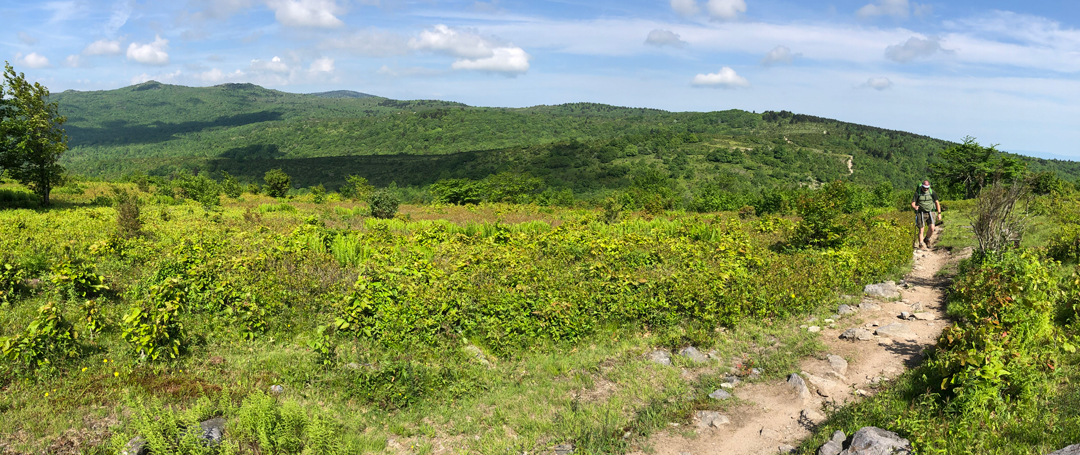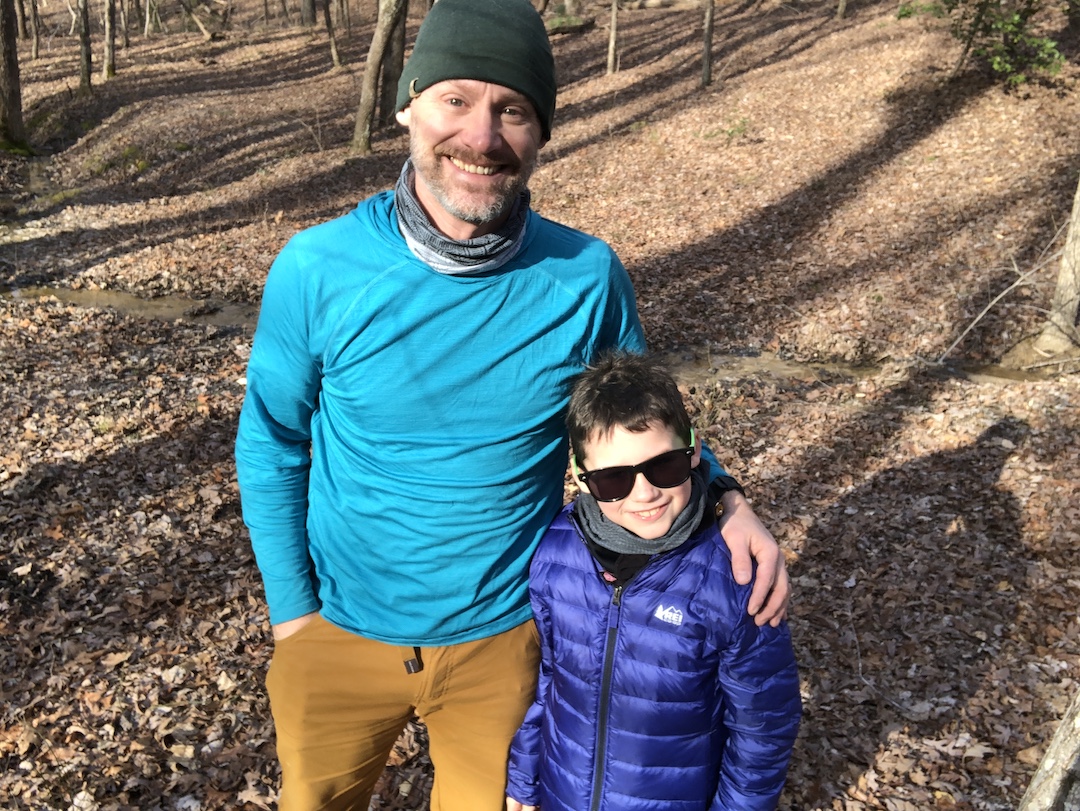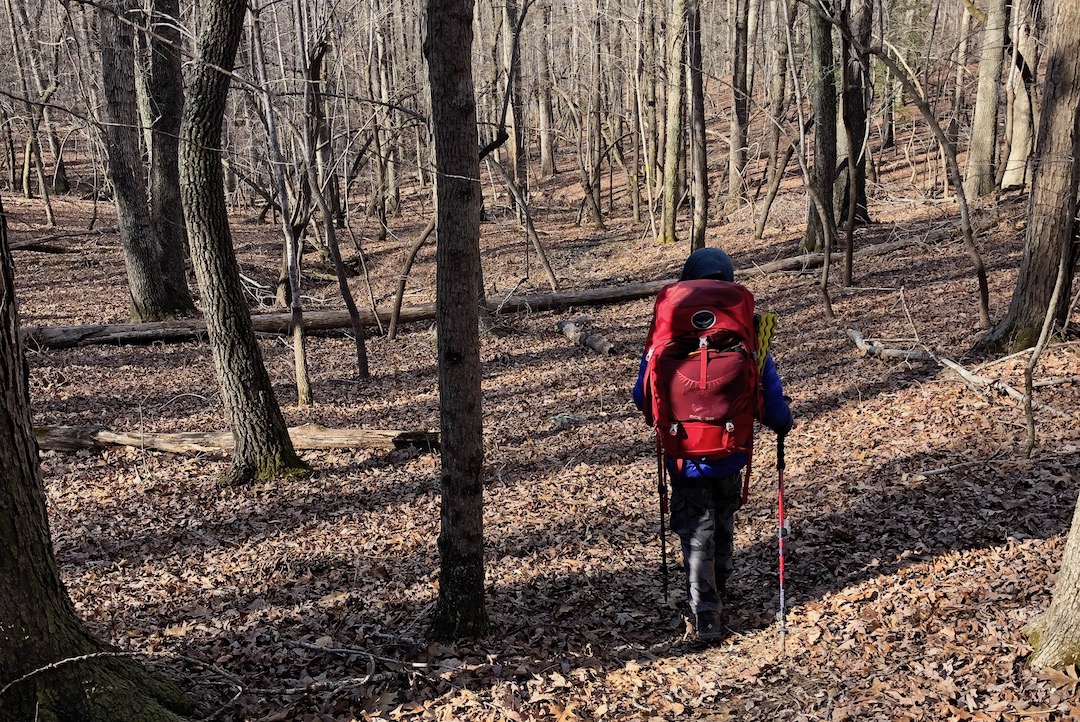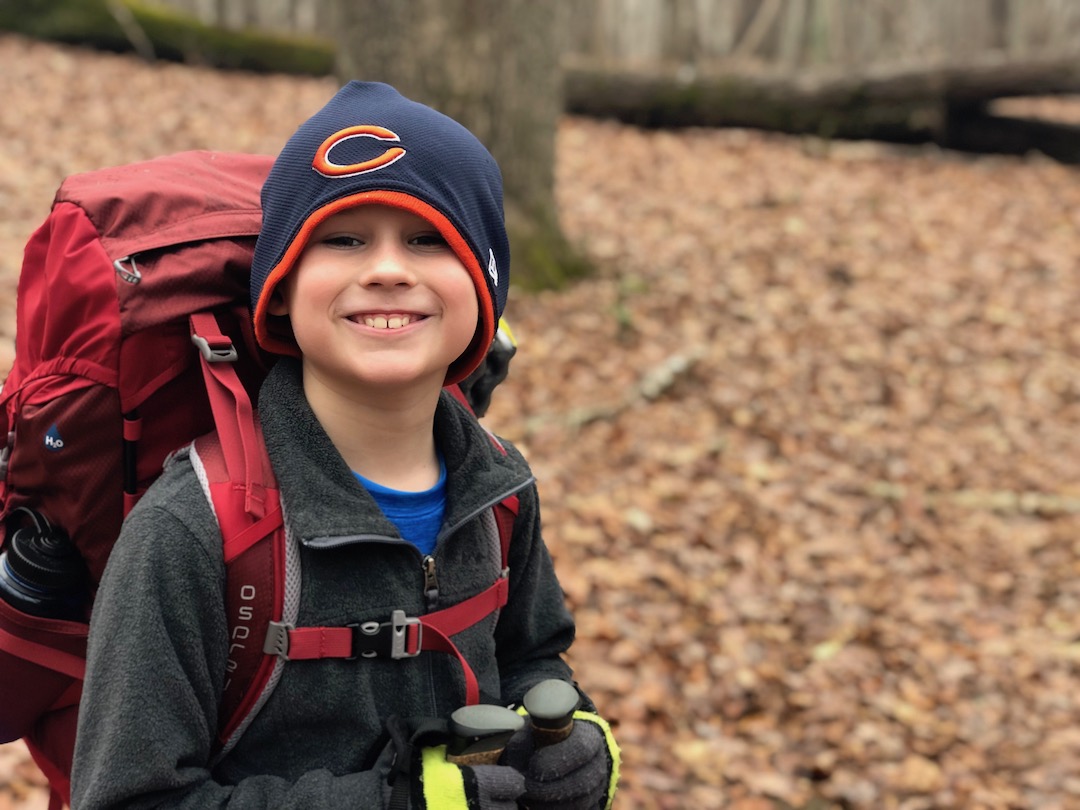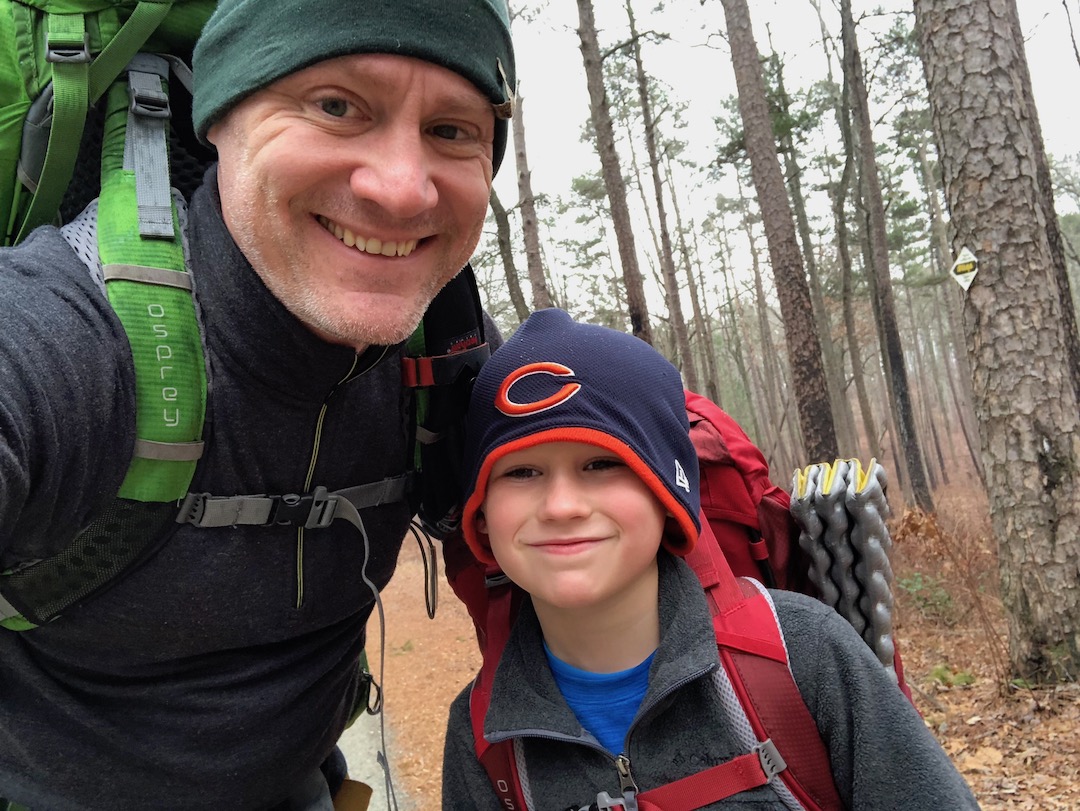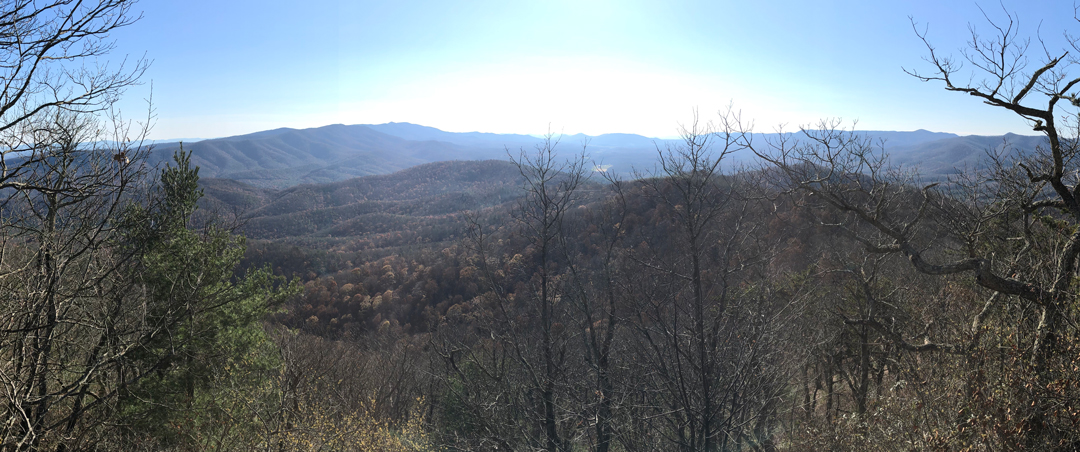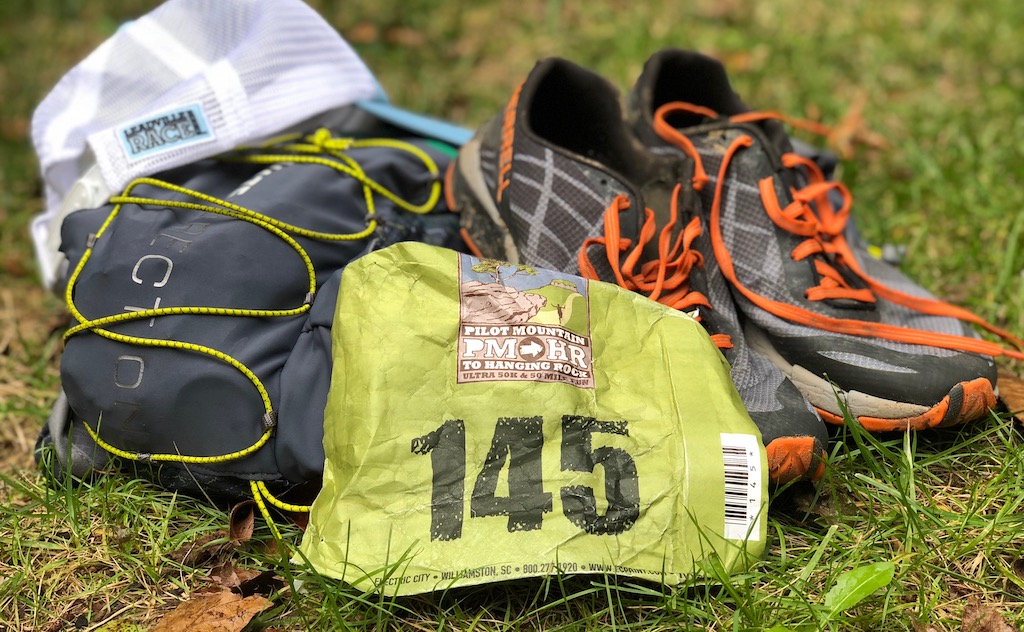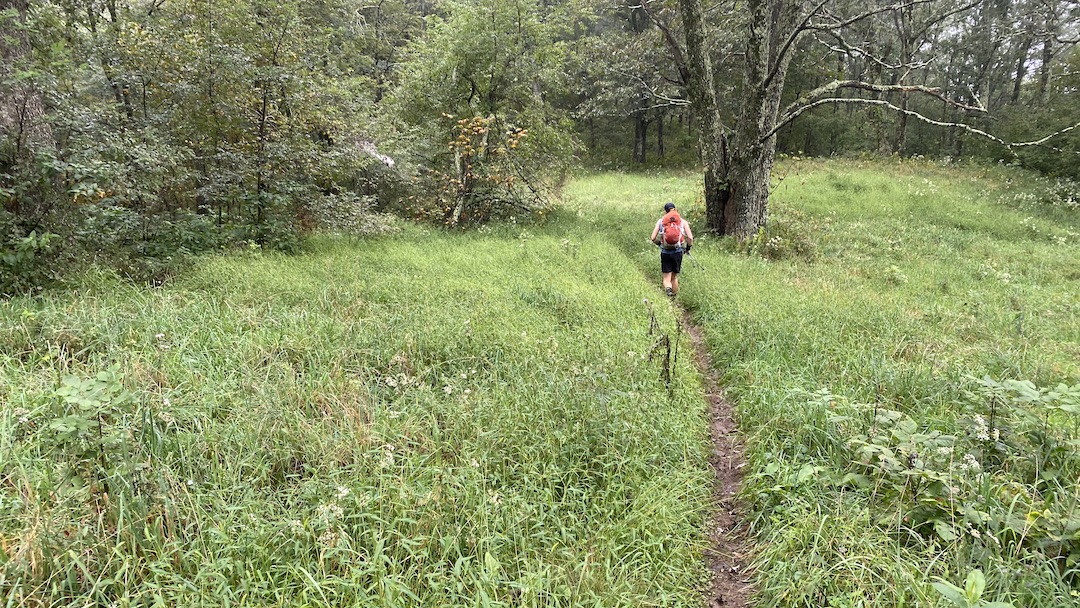
When COVID-19 shut things down and my work switched to remote, I challenged myself to run a 10K a day. Months later, my buddy, Coop, suggested we hit the trails. I asked if we could fastpack (trail running + backpacking) so I could keep my streak alive, and he agreed wholeheartedly; even suggested Wild Oak Trail, a location we had visited previously back in November 2019.
Designated as a National Recreation Trail in 1979, the Wild Oak National Recreation Trail (TWOT) is a 27-mile loop offering 7,000′ of elevation gain within the George Washington National Forest just west of Staunton, Virginia. It’s a hot spot for mountain bikers, backpackers, and ultrarunners, and the perfect place for our first foray into fastpacking.
READ MORE
